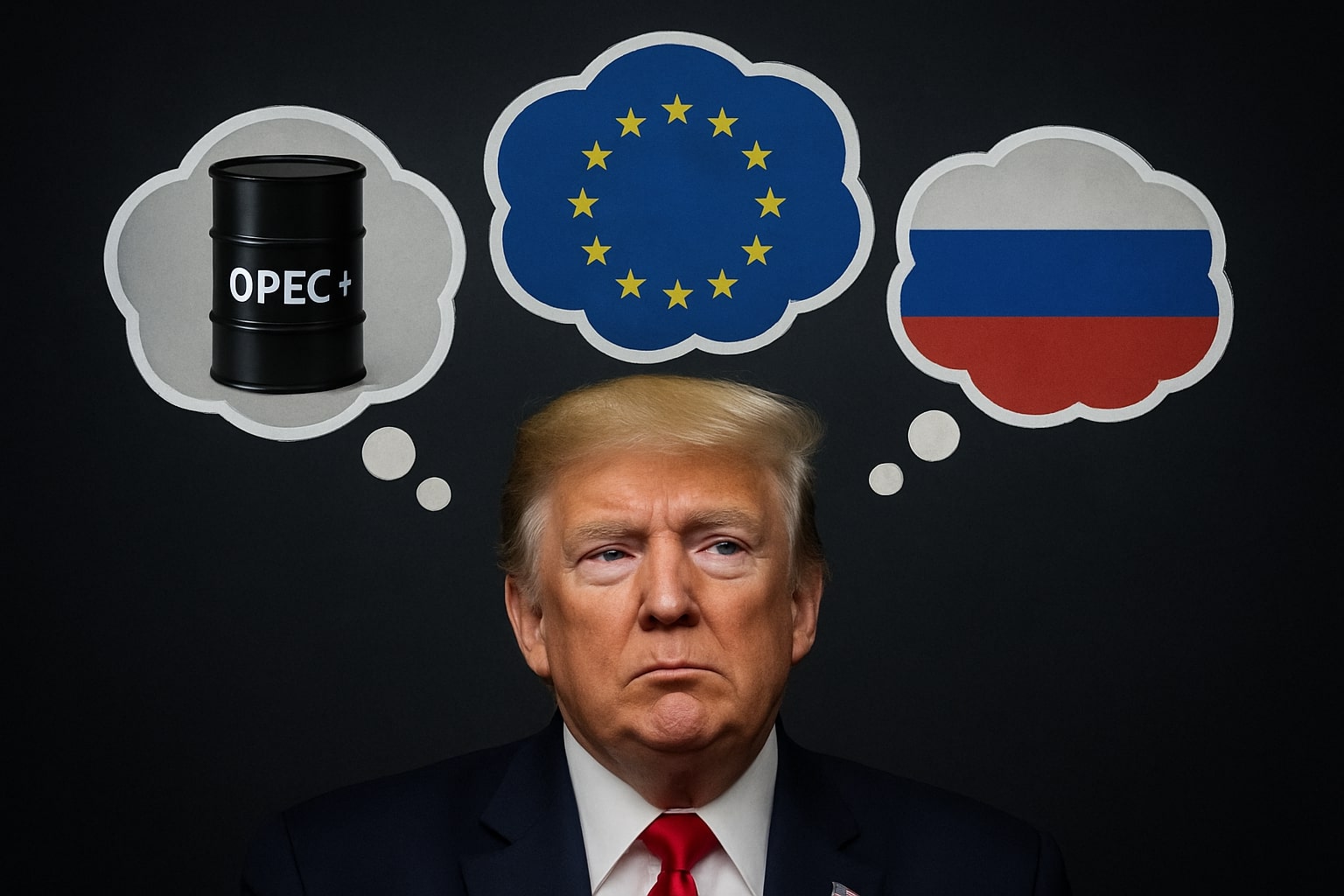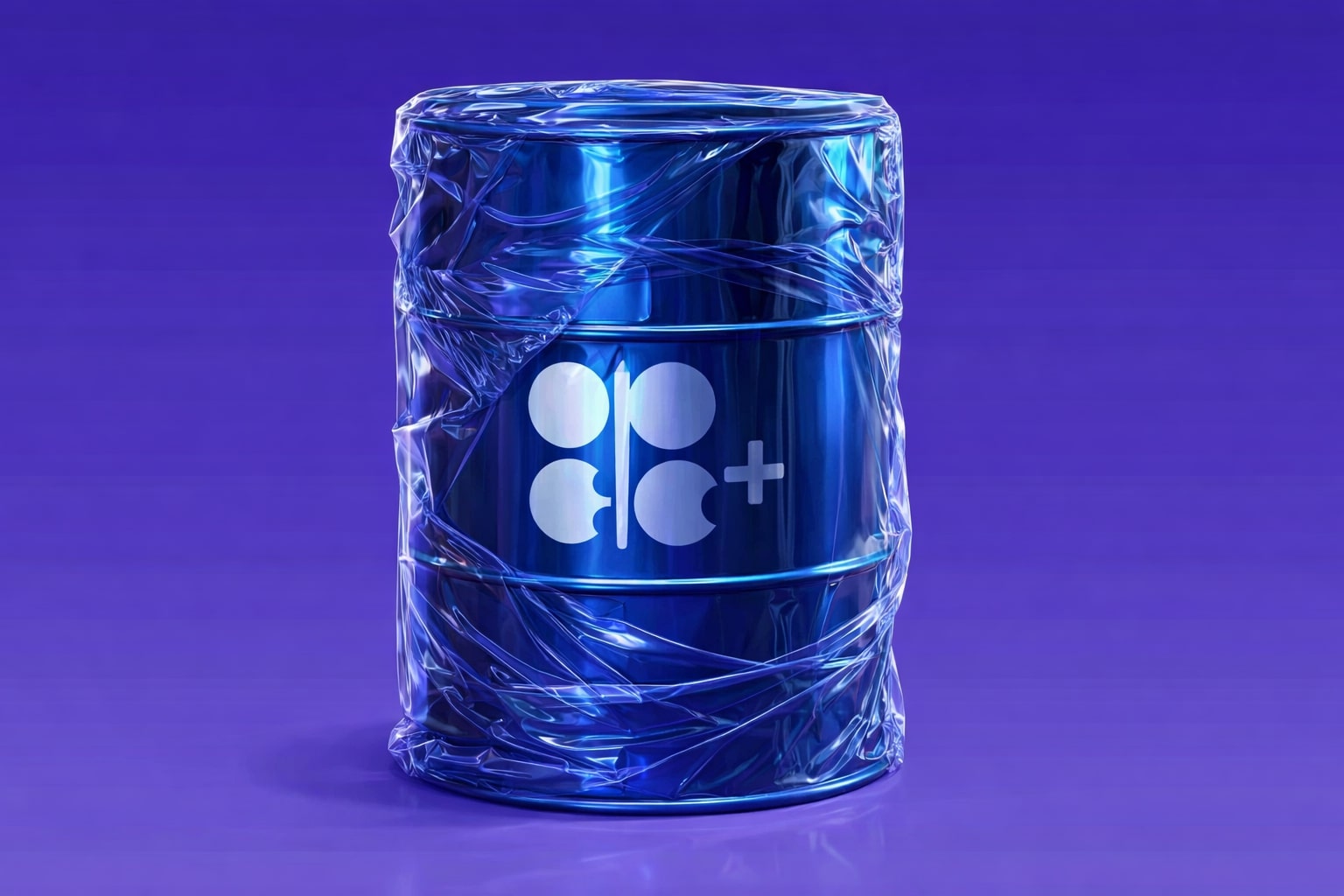Oil Prices Slip as EU Cap Squeezes Russia, While U.S. Inventory Draw Adds Support
WTI Holds Near $65, Brent Above $68 as Market Balances Sanctions with Supply
West Texas Intermediate (CL=F) traded near $65.00 and Brent Crude (BZ=F) around $68.50 on July 23 as traders reacted to a volatile mix of bullish inventory data and bearish geopolitical policy shifts. The U.S. summer driving season continues to boost demand, but new European Union action on Russian oil is introducing fresh distortions in global flows.
Despite a modest pullback from recent peaks, both contracts remain structurally supported above key $64 (WTI) and $68 (Brent) levels, even as upward momentum has stalled following softer OPEC+ headlines and weaker trading desk performance from majors like Equinor and Shell.
EU Drops Russian Urals Cap to $47.60 — Pressure Mounts on Global Benchmarks
The European Commission’s decision to revise the price cap on Russian Urals crude from $60 to $47.60 triggered a wave of recalibration in global spreads. The mechanism, which now uses a 15% discount to a rolling six-month Brent average, aims to suppress Moscow’s oil income while tightening restrictions on shipping and insurance intermediaries.
The direct impact is twofold: it trims Russia’s per-barrel revenue and redirects barrels eastward, making Brent pricing more supply-sensitive. In the short term, this policy introduces downward pressure on Brent spreads, capping rallies toward $70+ even amid rising demand.
U.S. Crude Inventories Post Bullish Draw — But Regional Gaps Widen
EIA data for the week ending July 18 confirmed a larger-than-expected 3.17 million barrel draw in U.S. crude inventories, surpassing API expectations and supporting bullish sentiment in WTI. However, the internal composition was mixed:
-
Cushing hub saw a modest 455,000 barrel build, indicating midcontinent delivery dislocations.
-
Gasoline stocks fell 1.74 million barrels, led by a 3.3 million barrel East Coast draw, offset by a 1.1 million West Coast build.
-
Distillates rose 2.93 million barrels, counter-seasonally, suggesting supply normalization.
This complex pattern reinforces short-term demand strength but flags logistical friction — keeping bullish positioning cautious despite the headline draw.
Equinor Earnings Reveal Margin Stress as Oil Realizations Slide
Norwegian oil major Equinor posted $6.53 billion in Q2 operating profit, down 13% YoY, with an average realized oil price of $63/bbl, far below Q1’s $70.60. Production rose modestly to 2.096 mbpd, but profitability suffered as liquids pricing remained compressed.
This result mirrors broader sector pain — trading desks at BP and Shell reported underperformance as Q2 volatility cut into profits. April’s oil slump (-20%) and May’s rally (+30%) were both undone by late-June policy shifts, flattening curve momentum. These dynamics are muting energy equity upside even as front-month oil holds firm.
OPEC+ Supply Recovery Caps Further Upside — Iran, Kazakhstan Expand Flow
While OPEC+ discipline remains publicly intact, quiet supply gains are building. Iran exported 1.9 mbpd in June, defying U.S. sanctions. Kazakhstan has pledged to triple oil exports by 2040, with pipeline expansion and Chinese partnerships already ramping volumes.
Saudi Arabia, meanwhile, is signaling cautious output flexibility. UBS downgraded Aramco’s outlook due to price softness, highlighting that even producers face earnings constraints unless prices exceed $75+. This reinforces the $70–$72 Brent ceiling unless geopolitics reignites risk premiums.
Technical Outlook: Oil Trapped in Tight Mid-Summer Range
-
WTI (CL=F) remains anchored above $64.00, but needs to clear $66.50 for momentum continuation.
-
Brent (BZ=F) holds $68.50, with resistance near $70.20 and downside risk to $66.75 if sentiment slips.
Both benchmarks are respecting symmetrical triangle formations on daily charts, with 14-day RSI near 52, reflecting balance — not conviction.
Crucially, volatility has compressed. Implied oil vol is back near 25%, down from 34% in early July. The market is coiled — and any macro catalyst could unleash a directional move.
Final Verdict: OIL (CL=F, BZ=F) is a CAUTIOUS BUY – But Only on Pullbacks Near $64 (WTI) / $67.50 (Brent)
Oil remains well-supported by bullish inventory draws, strong U.S. consumption, and structurally tight OPEC+ dynamics — but macro policy risks and ETF outflows in commodities temper immediate upside. Until Brent breaks $70.50 or WTI closes above $67, rallies should be sold into.
Verdict: BUY on dips near $64.20 (CL=F) and $67.50 (BZ=F).
Target: $68.80 (WTI) and $71.30 (Brent)
Risk: Break below $62.80 invalidates bullish setup.




















